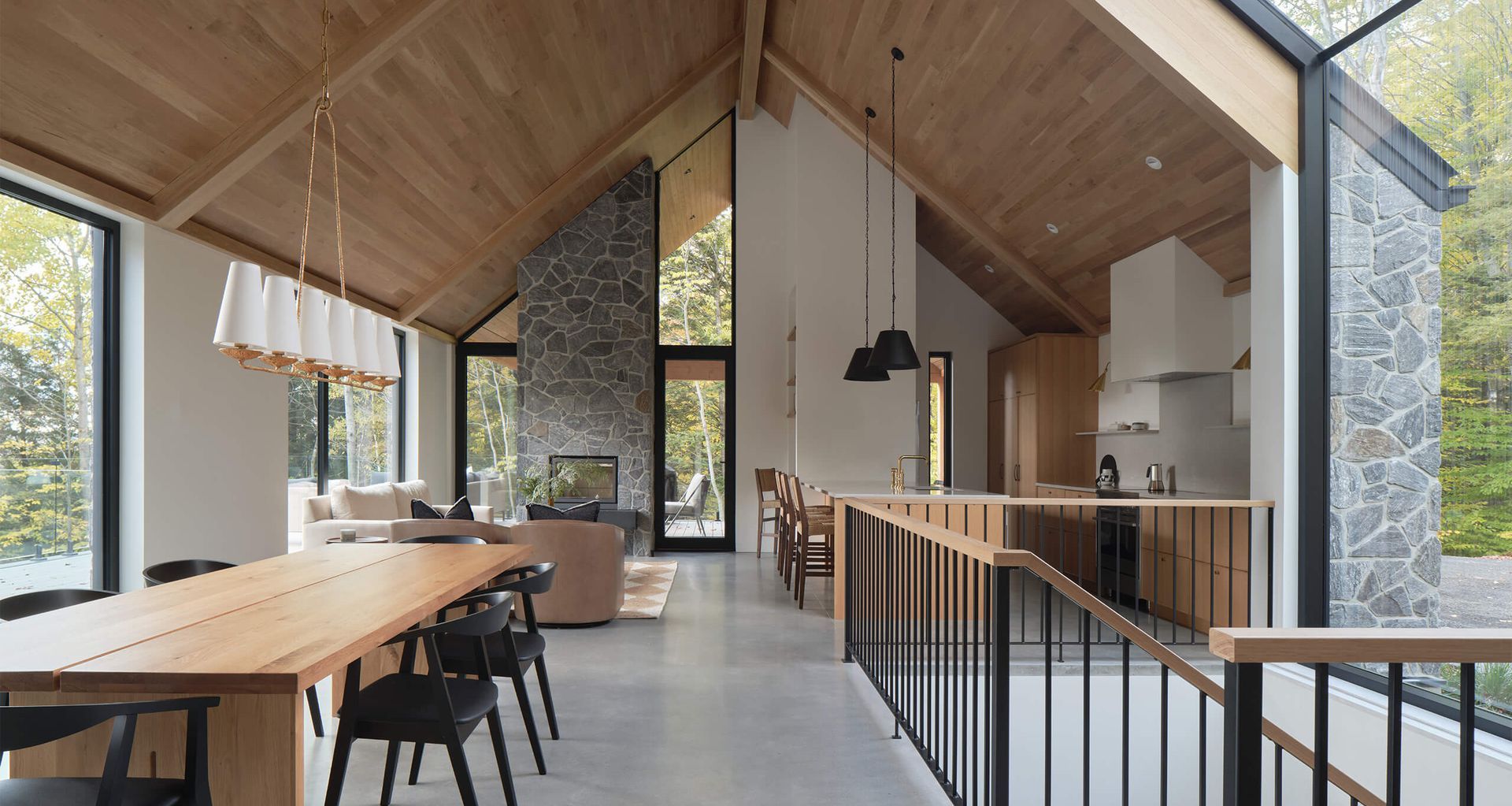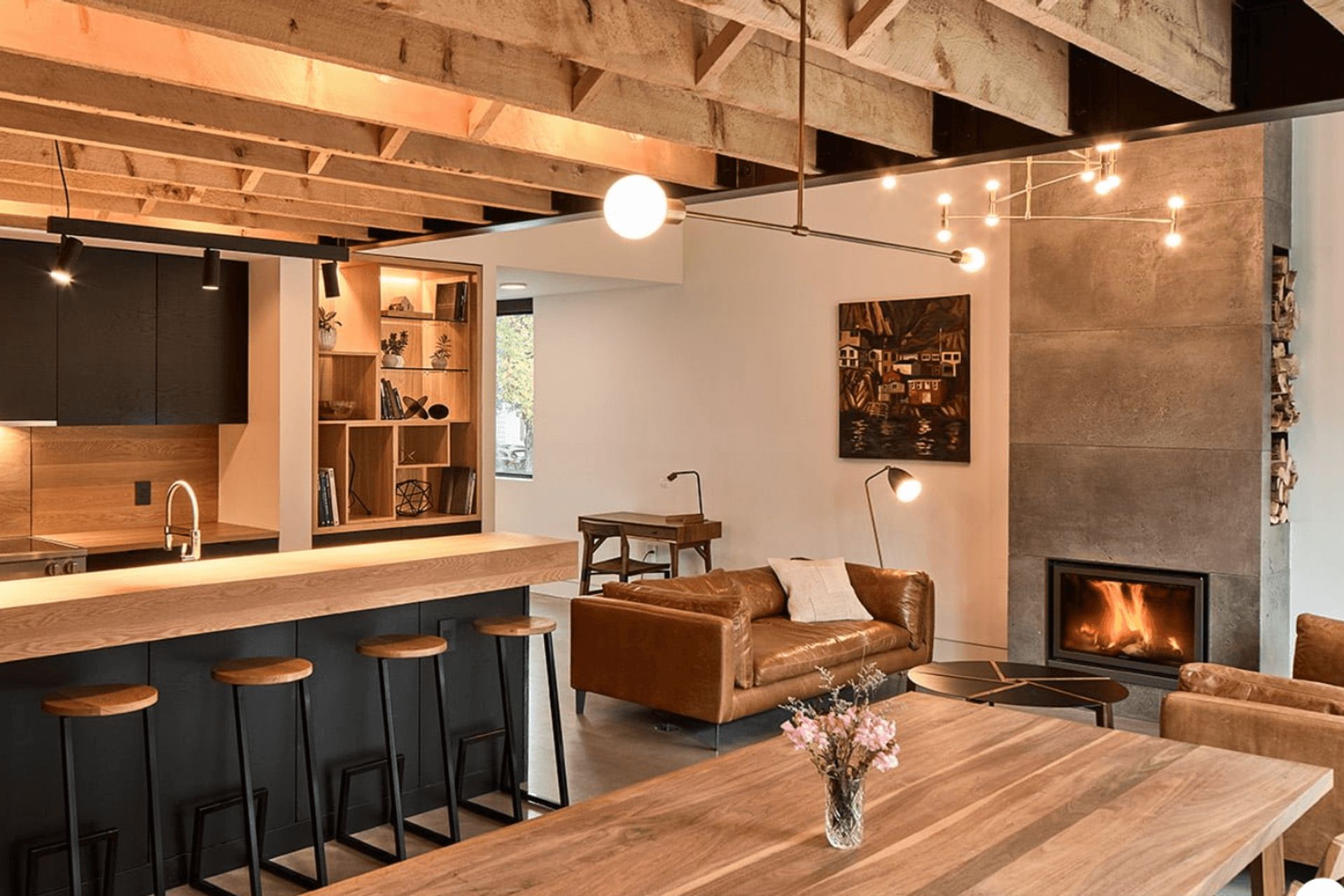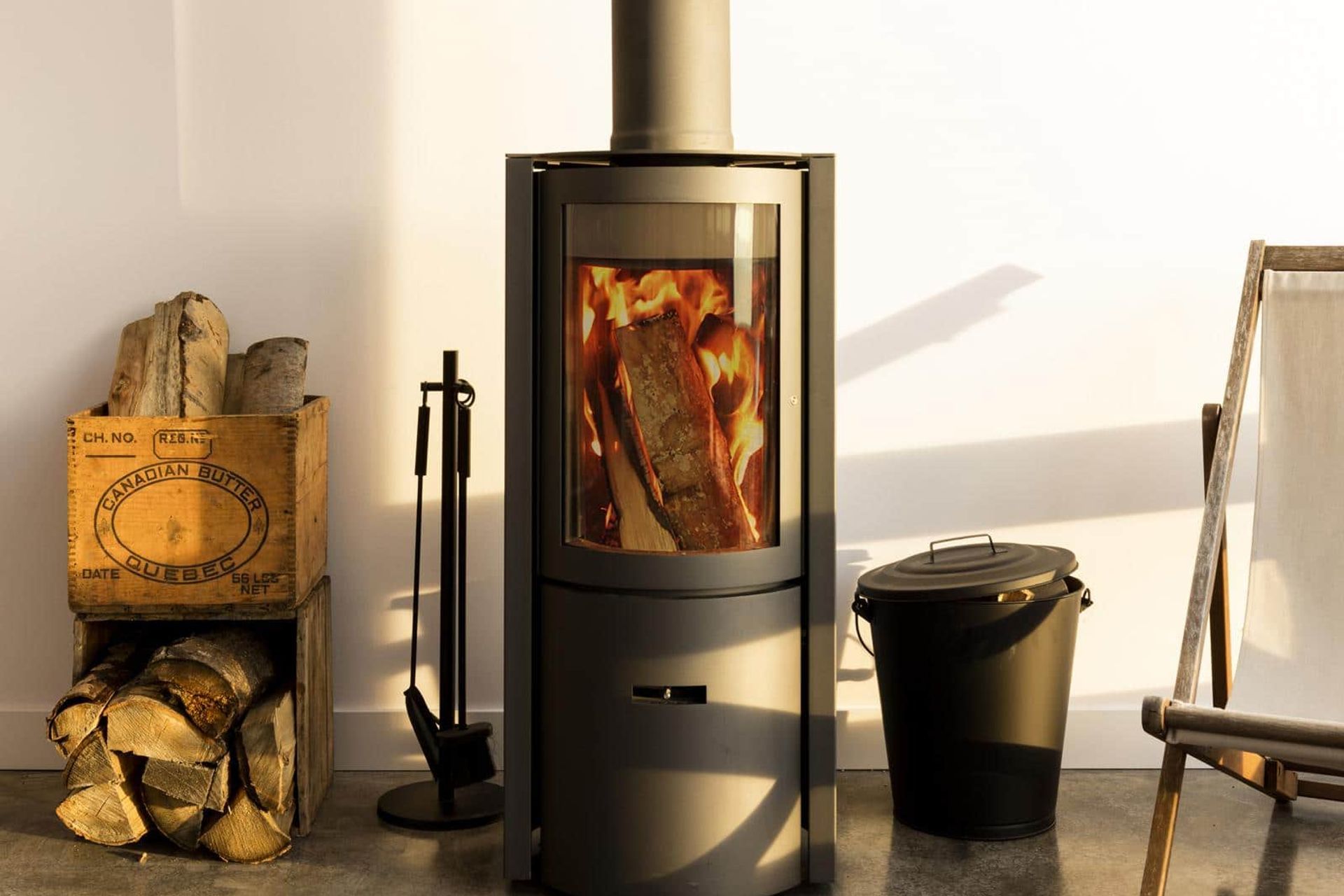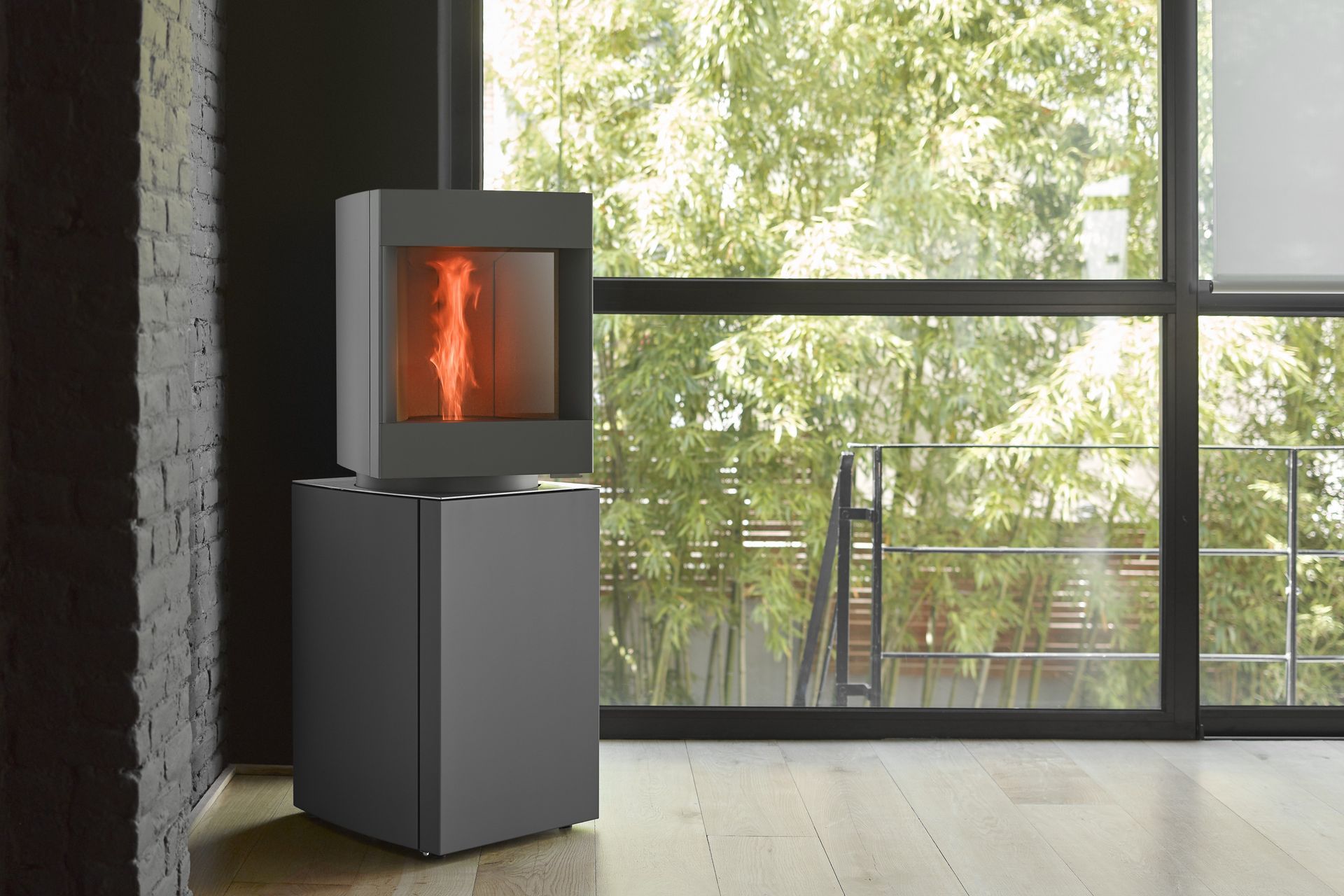The smart heating choice for sustainable architecture
Written by
09 July 2025
•
3 min read

As the demand for eco-conscious living grows, the way we design and heat our homes is changing. Bioclimatic architecture – designing with the climate in mind – is leading this shift by reducing energy use while maintaining year-round comfort.
“In these times of ecological emergency, bioclimatic architecture is becoming an absolute necessity,” says The Fireplace's Architectural Advisor, Angela Hiddleston. This approach to construction involves getting the most out of a building’s environment to minimise its ecological footprint. This is about taking the climate and geography of a site into account, as well as choosing very specific materials, with a view to limiting the energy consumption and pollution of the future home. But these factors should in no way compromise comfort, whatever the season. Quite a challenge, but one that we must tackle.”
Sleek, efficient and sustainable, wood and pellet fireplaces are well-suited to this. More than providing warmth, they play a role in the performance and design of energy-efficient homes.

Building smarter: thermal insulation, airtightness and solar gain
The foundations of environmentally friendly architecture start with a building’s envelope: the insulated layer that keeps interior temperatures stable. What a building is covered in needs to create an airtight seal between the air inside and the air outside, preventing heat transfer as much as possible. To do this, materials like wood (a fantastic natural insulator) or concrete (which absorbs the warmth of daylight and redistributes it at night) are favoured.
“Doors and windows are a major challenge,” says Angela. “While glass can jeopardise the airtightness of the building, it is also the best way to guarantee some natural warmth thanks to the sun.”
In passive houses, where airtightness and solar gain are maximised, north-facing triple-glazed windows and thermal mass work in harmony to create stable indoor climates.
“Combine this with sun awnings so inhabitants can adjust the heat input in any season, and the result is a heating system that uses hardly any energy, the temperature remains steady, and the home is incredibly comfortable, both in summer and in winter.”

Embracing smaller living for sustainable living
Another approach to sustainable architecture involves reducing the ecological footprint by reducing the surface area of the house – a popular strategy demonstrated by the tiny house movement.
“The same affordable, modular principle is used in container homes, made of recycled industrial containers, which are particularly sturdy and well-insulated. Other kinds of homes are based on recycling materials, like the Earthship movement, involving houses that are made entirely out of reclaimed materials (tyres, cans, bottles, etc.) and are self-sufficient in terms of energy,” says Angela.

Wood and pellet fireplaces: the ideal heating solutions for low-energy homes
What do all these sustainable constructions have in common? They are well insulated and able to make the most of natural solar energy, which means that all they need is a supplementary heating solution to keep warm in winter. For that, a wood or pellet fireplace is the perfect solution.
Whether it’s a high-end architectural build or a tiny house focused on functional design, wood and pellet fireplaces provide:
- Sustainable performance using renewable wood-based fuels
- Flexible warmth that can be used on demand
- Low emissions thanks to modern clean-burn technology
- Design versatility to suit both compact and expansive floorplans
“They provide flexible and particularly pleasant warmth. But above all, the fuel is natural and renewable, which makes them the perfect solution for bioclimatic architecture.”
Choosing the right fireplace is more than a finishing touch – it’s a core part of a home's performance. Explore wood and pellet fireplaces from The Fireplace.